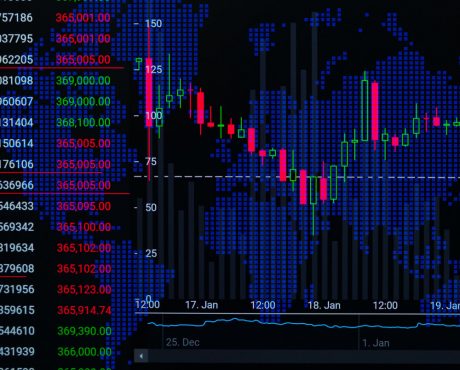Little-Known Fund Yields 7.9%
“Rob, low interest rates squashed my retirement plans,” my neighbor Crystal explained.
“We’re going to have to work a lot longer than originally planned. If we could find a safe five percent yield, my husband and I could both retire.”
Crystal isn’t alone. Low interest rates have destroyed the nest eggs of millions of fixed-income investors. If they expected interest on their savings, they now have to eat into their principal instead.
It puts retirees in a tough spot. More than a quarter report having to offer less assistance to elderly parents, adult children, and local charities due to the government’s war on savers. Over half report having reduced or eliminated spending on travel, recreation, or entertainment.
Tightening the belt aside, retirees still have to make some tough choices. You can work another five or 10 years. You can invest your nest egg in high-risk “junk” bonds. Or you can let it ride in the stock market, hoping we don’t have another 2008-like recession anytime soon.
Thankfully, I have a better idea.
The past few years, I have gushed about preferred shares to just about anyone that would listen. These issues combine the safety of bonds with the returns of stocks. And with yields topping even nine percent, they’re starting to gain a following among everyday investors.
Preferred shares come with extra security, for starters.
The issuers have a legal obligation make these payments on a fixed schedule. If a business goes bankrupt, lenders get their money back first, preferred shareholders get their money second, and regular stockholders get anything left over.
For these reasons, preferred shares tend to be safer than stocks and often provide higher yields than bonds. Moreover, these issues tend to be much less volatile than standard shares. When stocks crash and panic hits Wall Street, preferred shares tend to just chug along.
Better still, preferred shares tend to pay out higher yields.
Most businesses plow almost all of their earnings back into operations. As a result, most stocks sport meager yields. Preferred shares, in contrast, come with big, upfront payouts. And like a bond, these distributions usually remain fixed. As a result, many of these issues yield anywhere from five to seven percent.
Of course, preferred shares come with their own set of trade-offs.
Because these investments resemble bonds in many ways, higher interest rates will clip prices. Some preferred shares can get called back by issuers under certain conditions, which can hurt if you’ve locked in a high yield.
Preferred shares also have less potential for capital gains than common shares. If the company knocks it out of the park, their regular stock can surge in value. The share price of the preferred stock, however, likely won’t move much because they pay fixed distributions.
That said, most preferred owners don’t mind this fact too much. They aren’t looking for big capital gains, but rather a steady stream of income. For many of my readers, they would call this a reasonable trade-off.
For those looking to get started, I would check out the Nuveen Preferred & Income Securities Fund (NYSE:JPS).
This closed-end fund has assembled a portfolio of high-quality preferred shares, quarterbacked by a professional management team. For retirees, JPS provides a “one-click” solution and saves a lot of time sleuthing through individual securities,
My favorite part? Right now, these shares pay a monthly dividend and yield over 7.9%. For those tired of low interest rates, you won’t find a safer payout anywhere else.
